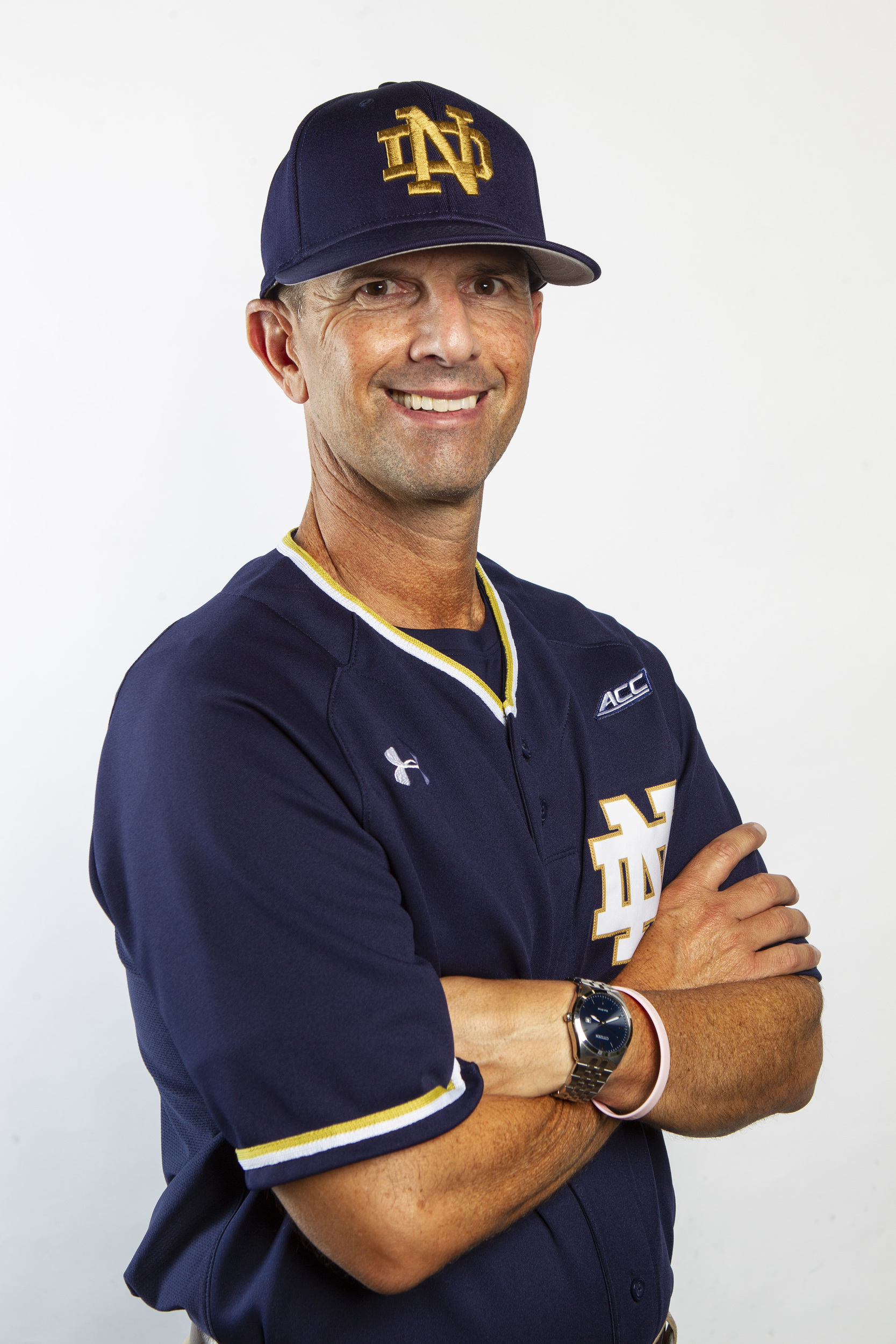
BY STEVE KRAH
Justin Glass grew up in Fort Wayne, Ind., serious about baseball.
With few local resources, he found himself traveling to central Indiana for instruction.
Glass was an all-state lefty swinger and righty thrower who helped Carroll High School to an IHSAA Class 4A state championship in 2010 then enjoyed a successful run at the University of Cincinnati (2011-14).
When college was done, he had little to do with the game.
While living in Westfield, Ind., and working as director of sales for the Indianapolis Colts, he found people asking him to share his expertise. He began giving lessons and Glass Sports Performance was begun in September 2020 with the help of Crossfit Westfield.
Justin and wife Andrea (Newbauer) Glass, who helped Concordia Lutheran High School in Fort Wayne win its first state girls basketball title in 2010 then played at Indiana University, moved back to Fort Wayne in November 2023.
While working full-time in medical sales, Justin continued to pursue his passion at a GSP Hitting building at 5520 Distribution Drive, near where I-69 and S.R. 3/U.S. 27 meet.
“It’s not in a big facility but we’re making some waves,” says Glass.
He sees 40-plus baseball and softball hitters a week. About half that number get remote training and travel to Fort Wayne a few times a month.
“I want to give back to the community and that next generation of players,” says Glass, 32.
Not only is athletic knowledge imparted, two annual GSP fundraisers are apparel sales that raise money to buy toys for patients at Riley Hospital for Children in Indianapolis and Christmas gifts for less-fortunate local kids.
On the hitting side, Glass is selective about whom he trains. They are usually at least in the eighth grade and they have to have college baseball or softball as their goal.
“The talent level of our players is very high,” says Glass. “There are nine kids that we’ve helped in some form or fashion to get into college.
“Our mission is to help the next generation of players reaching their goals. We work with players not only on the physical side of hitting but more importantly the mental side. We pride ourselves on making decisions based upon what is best for each player.”
Glass talks with hitters about the mental side as well as their approach in the batter’s box.
“If you have a bad round in the cage how do you mentally come back?,” says Glass. “One miss-hit can role into the next swing and the next swing. It snow-balls.
“We have them step out, take a deep breath and using the tools to re-set your mind.”
Glass does not look to batting average to as the ultimate gauge of success. Quality At-Bats is more important.
Hit-by-pitch, walk, sacrifice bunt, sacrifice fly, six-plus at-bat and hard-hit balls all go into QAB.
What about approach?
“In high school and college, it’s very situational,” says Glass. “We work a lot with our hitters on what pitches are we looking for on 0-0 counts? Or a green-light count? Or a red-light count?”
The pitching machine is delivering fastballs, breaking balls and change-ups and hitters are identifying those and putting their bodies into position to do damage.
“We compete a lot in the cage so when they get int he (batter’s) box it’s almost we’ve already gone through the gauntlet,” says Glass. “I feel a little more comfortable and confident coming into the game.”
Glass says a hitters’ talent might draw a coach to see him or her play, but do they also want to see the right approach.
“Are they running things out?,” says Glass. “Are they having Quality At-Bats? Are they competition in the box? Or did the kid get out and threw his helmet and the world’s going to end?
“Quality At-Bats builds a lot of confidence in hitters.”
Glass emphasize the process for long-term success versus the short-term flash-in-the-pan result.
GSP in built upon the concepts of honesty, accountability and relationships.
“We hold kids accountable,” says Glass. “There’s a certain standard and we expect kids to adhere to that standard every single time.
“If the kid is not working outside of lessons we can tell. We put a lot of energy and passion into each lesson. We have to make sure we’re getting it back on the other end. Maybe we’re not the best fit for them?”
He lets them know about work ethic it takes to play college ball and creates relationships with players and their parents, helping them through the recruiting process and reaching out to college coaches on their behalf.
He points them toward the people that can help them improve their strength, speed and nutrition.
While Justin does much of the training, he is helped my father and former college player Brad Glass and former Fort Wayne Dwenger High School, Glen Oaks Community College and Purdue Fort Wayne player and current Indiana Tech assistant coach Sean Herberger.
As part of his travel ball experience, Glass was with the 17U Indiana Bulls coached by Quinn Moore and Dan Held. He maintains a relationship with both.
At Carroll, Glass played for Dave Ginder, who is now in the Indiana High School Baseball Coaches Association and Northeast Indiana Baseball Association halls of fame.
“Discipline, doing the little things correct whether it’s cleaning up the field or making sure our cleats were all cleaned up to things like baserunning and dirt-ball reads, getting proper lead-offs, cuts and relays, bunting and things like that, Dave did a really, really good job of teaching us,” says Glass. “That prepared me to have success at the (NCAA) Division I level.”
Glass encountered two head coaches at Cincinnati — Brian Cleary for the first three seasons and Ty Neal for the last one.
“Ty Neal was very similar to Ginder,” says Glass of the current Carmel (Ind.) High School head coach. “It was a very blue-collar work ethic, roll your sleeves up and hard-working environment. I actually liked that a lot.
“We were very much holding each other accountable and trying to do the little things correctly. I learned a lot of those things from him.”
All 222 of Glass’ games with the Bearcats were starts. He hit .327 (287-of-877) with 17 home runs, three triples, 56 doubles, 141 runs batted in, 155 runs scored and 45 stolen bases.
He battled through a torn shoulder labrum as a freshman and still made the Big East/Big Ten Challenge all-tournament team and was named Joe Nuxhall Classic MVP, second-team all-Big East and Louisville Slugger Freshman All-America Team before surgery.
Glass earned first-team all-Big East and second-team ABCA/Rawlings Mideast Region honors in 2012.
Coaches and fellow players made him team captain for 2013.
How did he lead?
“It was my work ethic and showing how hard we work in the weight room and taking practice very seriously,” says Glass. “Also, finding the right mix of people who could help us out.”
In 2014, Glass was chosen third-team all-American Athletic Conference.
One of his Cincinnati teammates in 2013 and 2014 was future Chicago Cubs outfielder Ian Happ.
“He’s probably the smartest baseball player I ever played against or with,” says Glass of Happ. “There were a couple of situations when he was a freshman and I was a junior and I’d go, ‘how come you’re picking up on that and I’m not picking up on that yet?’
“I was blown away by his knowledge of the game. And — knock on wood — he’s been able to stay healthy his entire career.”
Some of the players Glass competed against in college include the University of Connecticut’s George Springer (now a Toronto Blue Jays outfielder), Matt Barnes (Washington Nationals pitcher) and Nick Ahmed (San Francisco Giants shortstop) and Indiana University’s Kyle Schwarber (Philadelphia Phillies designated hitter).
















